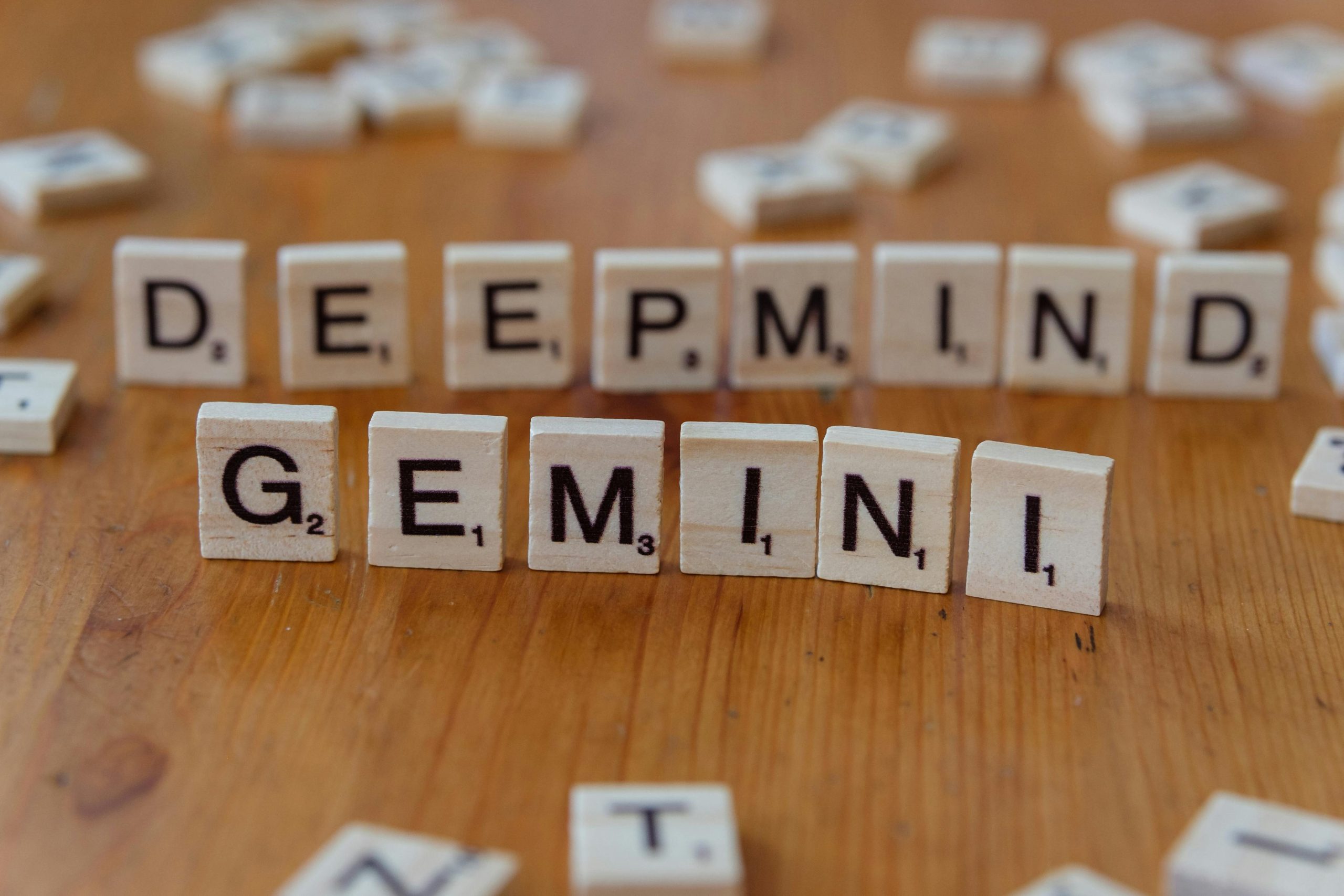Is Google’s Veo 3 the Beginning of Interactive World Models?
Could Google’s Veo 3 Signal the Dawn of Interactive World Models?
The evolution of artificial intelligence continues to push beyond traditional boundaries, leading to exciting developments in how machines understand and simulate real-world environments. Recently, attention has been drawn to Google’s latest advancements—particularly the potential of their new model, Veo 3, to serve as a foundation for what could be the next generation of intelligent, interactive world models.
Understanding the Difference: World Models vs. Video Generation
It’s essential to distinguish between different AI capabilities. While video-generation models craft realistic visual sequences, world models are fundamentally different. They aim to emulate the dynamics of a physical environment, enabling AI agents to predict how the world might change in response to specific actions. This predictive understanding opens doors to more sophisticated interaction and decision-making capabilities, akin to a simplified version of human perception.
Google’s Ambitious Step Towards Realistic Simulation
Google’s recent strategies suggest a move toward integrating these complex ideas. The company is transforming its multimodal foundation model, Gemini 2.5 Pro, into an advanced world model that mimics certain cognitive functions of the human brain. Such a model could potentially facilitate more realistic and interactive simulations within AI systems.
From Genie 2 to Real-World Simulation
Earlier in 2024, DeepMind unveiled Genie 2, a model capable of generating virtually limitless interactive worlds resembling video game environments. This innovation demonstrated the feasibility of creating expansive, playable virtual spaces. In the wake of this, Google has been establishing dedicated teams focused on building AI that can accurately mimic the physical world, signaling a significant step toward practical, real-world simulation capabilities.
Implications and Future Prospects
The integration of models like Veo 3 into this framework hints at a future where AI-driven virtual environments become more immersive and responsive. Such advancements could revolutionize fields ranging from gaming and training simulations to robotics and autonomous systems. As these technologies develop, the line between virtual and real-world interactions continues to blur, paving the way for highly interactive, intelligent experiences.
Stay tuned as Google and other tech leaders push the boundaries of what AI can achieve in understanding and simulating our complex world.














Post Comment